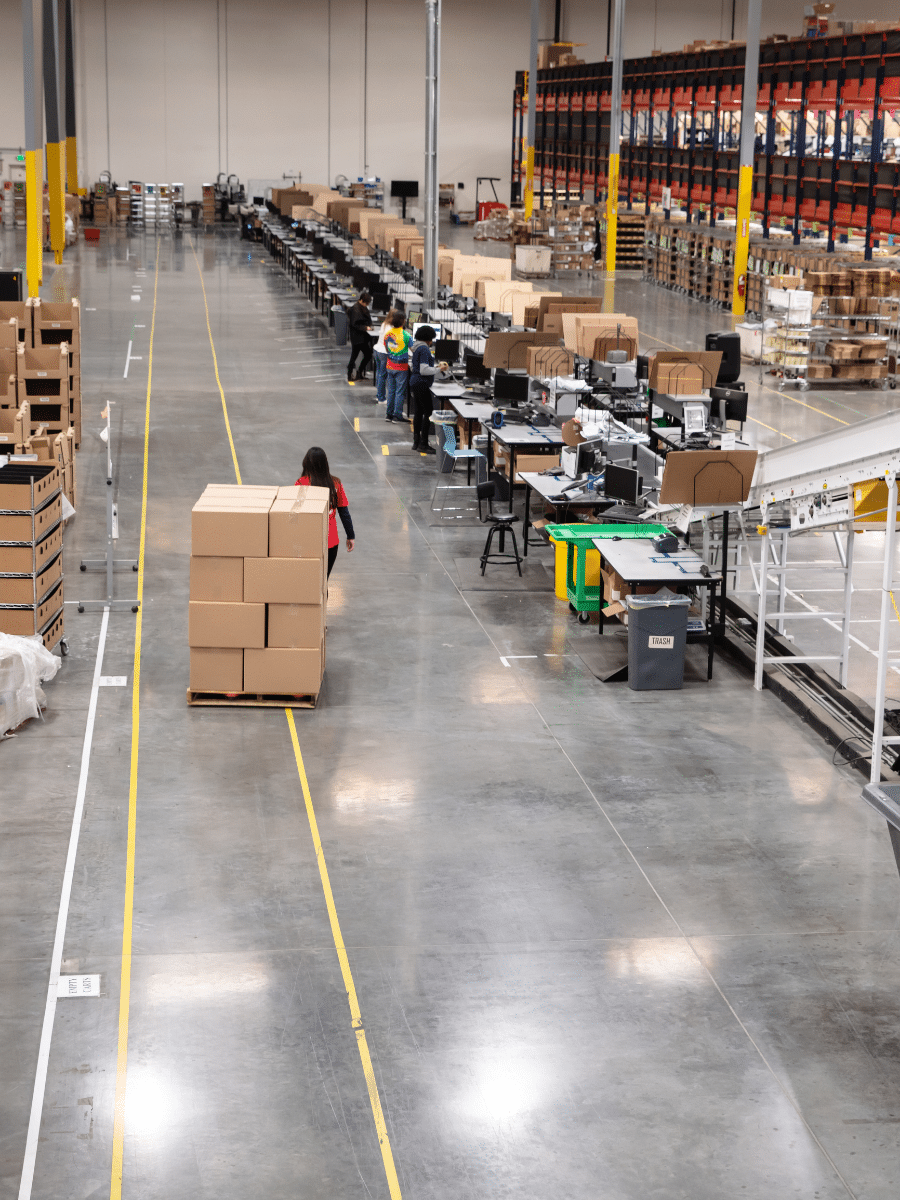Picking and packing are critical parts of the warehouse operation. It is the process of selecting the right products and quantities and then packing them for shipping.
Sounds simple enough, but several inefficiencies in the process can lead to delays and errors. A well-designed warehouse management system can help to overcome these challenges and improve efficiency.
The inefficiencies in the picking and packing process can lead to a lot of wasted time and resources, significant delays, and lost productivity. In particular, the process can be slowed down by workers who are not properly trained or by a lack of organisation and planning. Moreover, if the packing area is not properly set up, it can also lead to delays and frustration.
In particular, the process of picking items and packing them into boxes can be slowed down by a variety of factors, including:
-Inaccurate or incomplete orders
-Miscommunication between workers
-Inefficient workflows
-Lack of standardisation
All of these factors can lead to delays and missed deadlines, costing companies both time and money. To minimise these inefficiencies, companies should strive to create standardised workflows and improve communication between workers. Additionally, they should ensure that their orders are accurate and complete, to avoid any confusion or delays. By addressing these issues, companies can improve the efficiency of their picking and packing process and save time and money in the process.
Another way to improve the efficiency of the picking and packing process is to organise the packing area so that everything is easy to find. This includes organising the products according to type and size, as well as setting up an efficient workflow. By doing this, workers will be able to find what they need quickly and pack products more efficiently.
Effective planning can help ensure that the picking and packing process runs smoothly. Planning can help identify any potential problems that might occur during the process and allow for solutions to be put in place. This will help reduce the chances of delays caused by inefficient processes or worker errors.
Although each warehouse has its own set of problems, a well-designed Warehouse Management System can help you address the majority of them. A WMS will include features that streamline the picking and packing process by providing visibility on real-time data on inventory levels and locations, as well as automated picking and packing processes, order consolidation and pick path optimisation. These features can help to improve accuracy and efficiency, while also reducing the chances of errors and delays. This all helps to reduce costs and minimise waste.
In times of high inflation, it is important to keep costs as low as possible to maintain profitability. High inflation can lead to inefficiencies in the picking and packing process by causing the prices of goods to increase. When the prices of goods increase, workers may need to spend more time finding products that have increased in price. They may also need to pack products more carefully to avoid damage caused by inflation.
Additionally, high inflation can lead to slower production times in warehouses. This is because high inflation can cause suppliers to raise their prices, which can lead to longer wait times for parts and materials. As a result, workers may need to spend more time assembling products.
Finally, high inflation can also lead to higher costs in warehouses. This is because suppliers may charge more for their goods when the cost of living is high. As a consequence, staff may request a pay increase to compensate for the increase in living costs.
To combat these challenges, companies need to be proactive in their planning. In particular, they should look for ways to reduce production times and costs. Additionally, they should seek to improve communication with suppliers so that they are aware of any potential price increases. By doing this, companies can help to minimise the impact to keep up with rising prices.
A warehouse management system can help to do just that by streamlining the picking and packing process. This includes managing and increasing the accuracy of inventory data, tracking shipments, and optimising the use of space and labour.
To find out more about how a warehouse management system can help your company, contact us today. We would be happy to discuss your specific needs and requirements.



